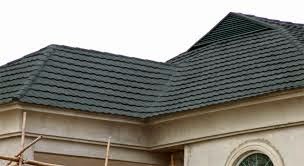Major Duties That Civil Engineers Do in Professional Work
When deciding if becoming a civil engineer is the best career path it is best to fully understand what do civil engineers do, exactly. A civil engineer is the person who is a part of the design, implementation and maintenance of public works. In other words, this encompasses structures and facilities such as transportation routes, government buildings, water treatment/sewage and other areas such as arenas and large scale monuments. Civil engineers can work for either the actual city or for a private firm that is hired by the city. As a civil engineer, a person will work closely with architects and construction firms to realize the ideas of government officials, chief executives and other such persons or cities. You might also be interested on how to be a civil engineer. What Does a Civil Engineer Do – Responsibilities Duties that civil engineers will tackle in their day to day activities include both consulting services and construction services. It is one of the broadest fields of








.jpeg)
